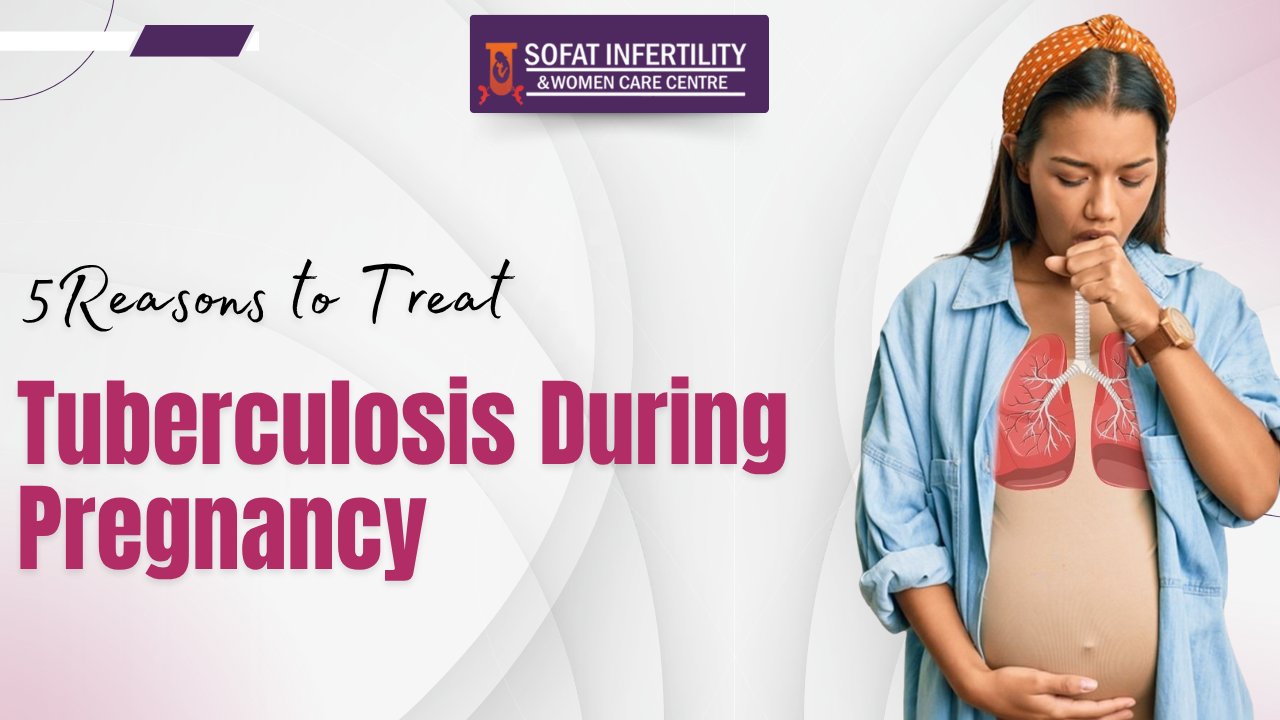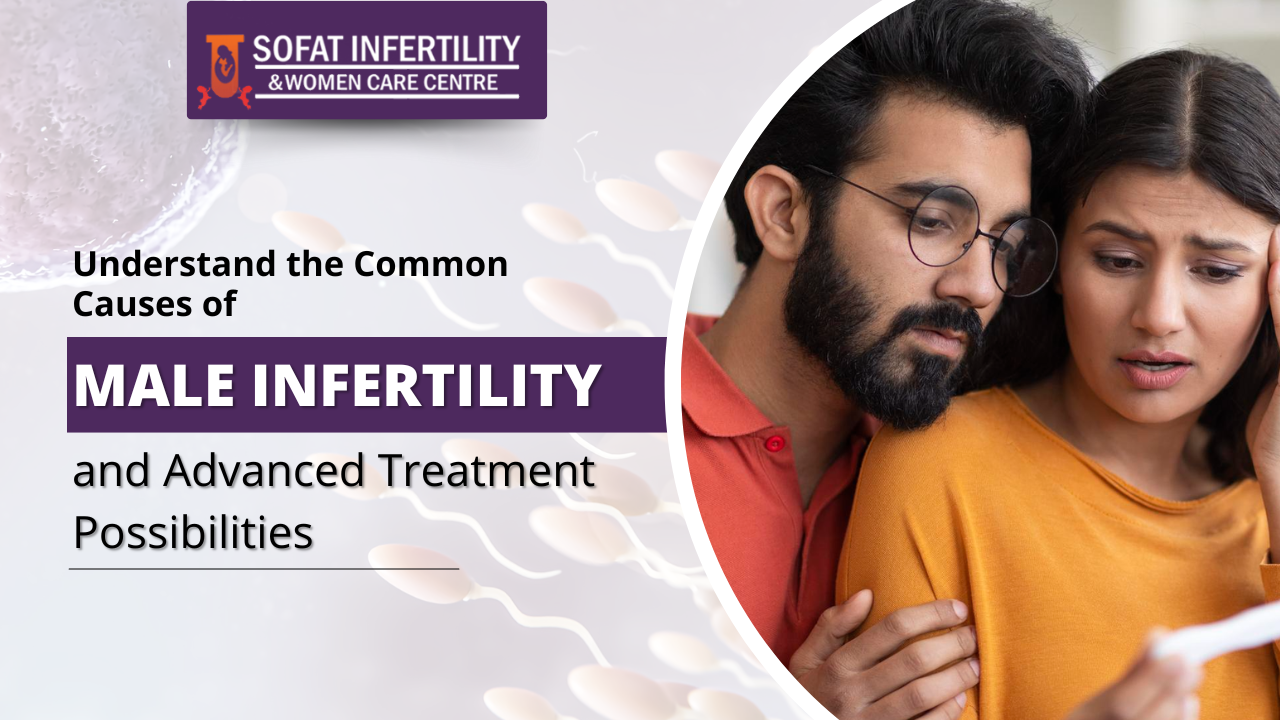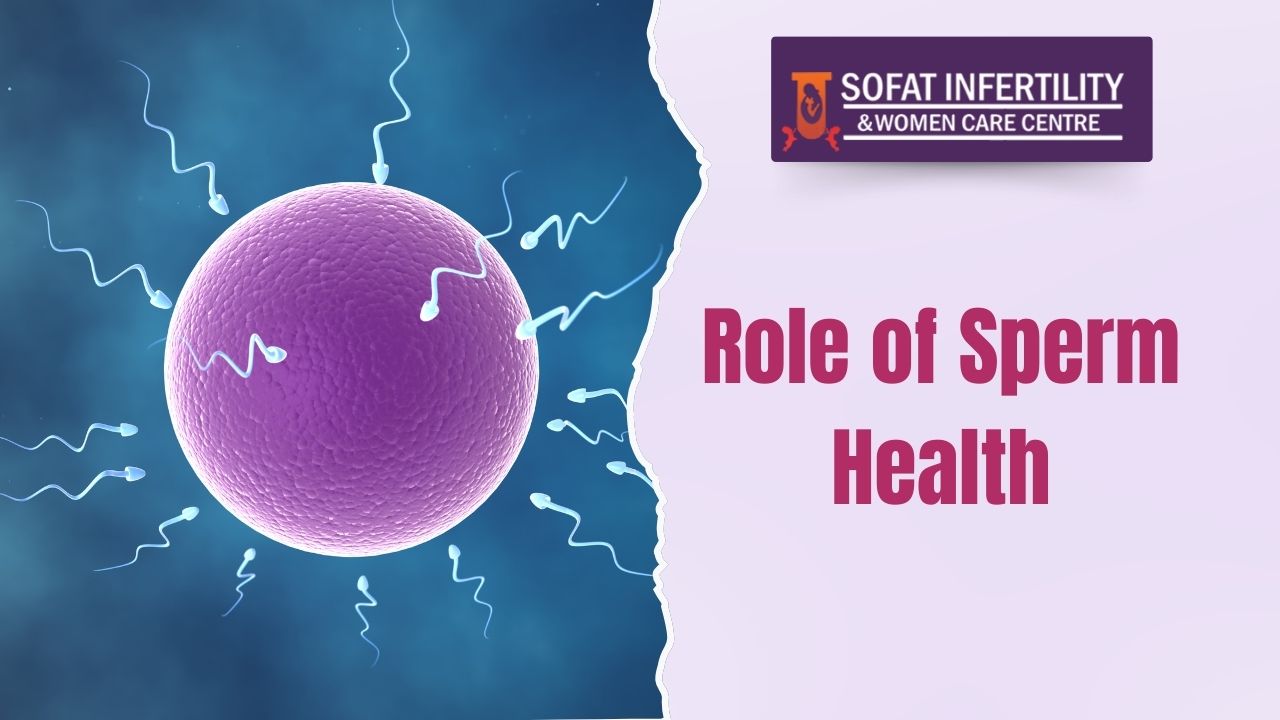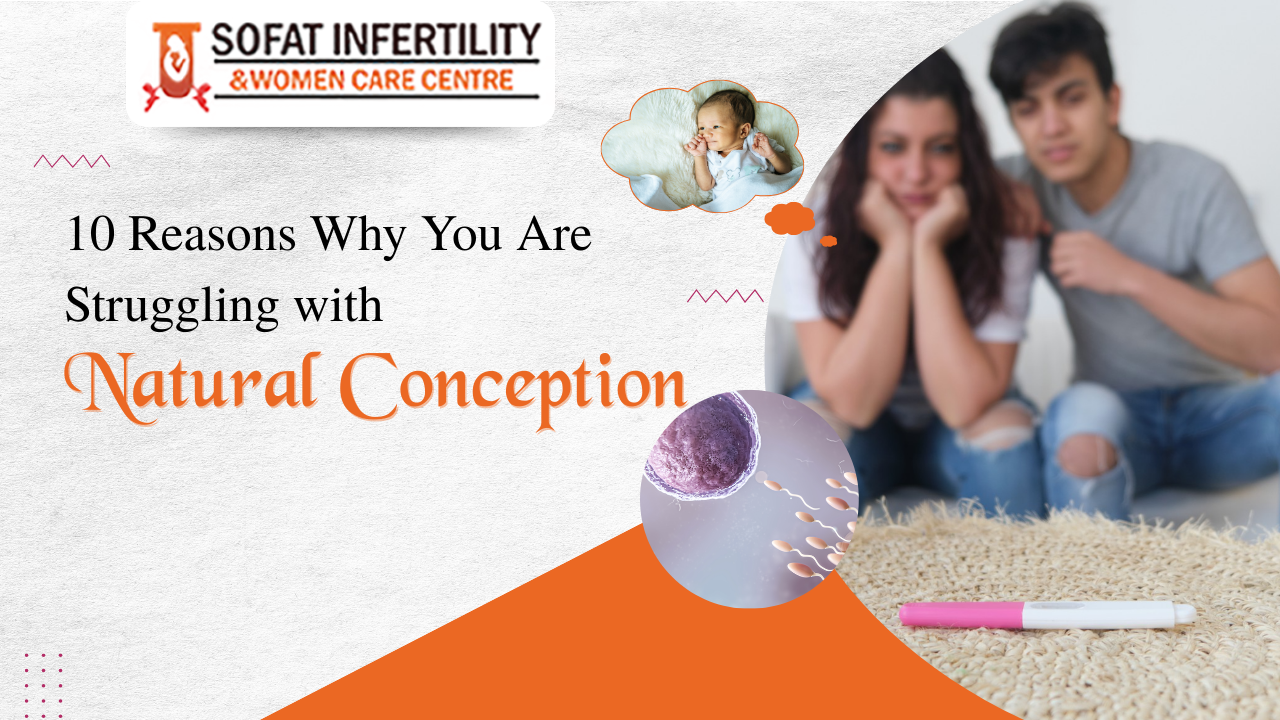![]()
Perfluorinated Chemicals
Perfluorinated Compound (PFCs) is a collection of man-made chemicals used in consumer products such as textile, foods, drinking water, and fire-fighting foam. Initially, these chemicals were believed to be inactive when first introduced, but through extensive studies, PFOS (Perfluorooctane Sulfonate) and PFOA (Perfluorooctanoate) have shown various side effects on the human immune system, vital organs such as the reproductive organ and the liver
Subfecundity
Pregnancies that last for more than nine months are generally described as Subfecundity. Maternal concerns in women, especially in the developed countries suggest that a high exposure to Perfluorinated Chemicals result in hormonal imbalances that cause disrupted menstrual cycles, ovulation disorders, fecundity, and miscarriages. IVF centre in Punjab
Perfluorinated Chemicals in Women
Studies conducted indicate that there are variables between women who had previously struggled with infertility and those that had not. The results indicate that blood samples collected and analyzed indicated that women with no or low levels of Perfluorinated Chemicals had not struggled with infertility whereas those with certain types of these chemicals had attained conception after a period of five months, seven months, or one year of having unprotected sex.
Results also indicated that higher maternal PFOA and PFOS levels detected in early pregnancy were associated with longer TTP. Women who were exposed to PFOA and PFOS had lessened chances of conception that could lead to a normal pregnancy. The report goes on to indicate that the exposure time window of interest is at the beginning of pregnancy planning, but the exposure data was taken at four to fourteen weeks gestation. The chemical levels were however stable over the pregnancy course. On the other hand, the TTP results collected during the first trimester at which women should be able to remember with their reasonable accuracy.
The maternal and paternal age, and as well as the paternal education significantly changed the associations between PFOS and TTP, whereas parity and paternal education were the most influential confounders in the analysis of PFOA. However, the specialists never had information pertaining the vital TTP determinants including sperm quality, frequency, and sexual intercourse timing. The experts further suggest that sperm quality could potentially lead to the associations between the maternal PFC levels and TTP in case these compounds have an effect on sperm quality and if at all the PFC levels in male and female partners are the same. This is likely to some extent since the couples may share some lifestyle aspects and at least 99% of the subjects in this sub-cohort had a partner.
Generally, the study also has limitations that can’t facilitate overall conclusions. The study confirms that the biological mechanism in which exposure to these chemicals may reduce fecundity isn’t certain. PFCs may hamper with hypothalamic-pituitary-ovarian regulation which may cause irregular menstrual periods, delayed ovulation and early miscarriages. In addition, many women report irregular menstrual cycles in the upper three quartiles of PFCs as compared to the lowest.
Also, exposure to PFOS has the potential of reducing the number of regular estrous cycles in rats, though the doses administered in rats were significantly higher than those found in a human body






